AGNES MARTIN (1912-2004)
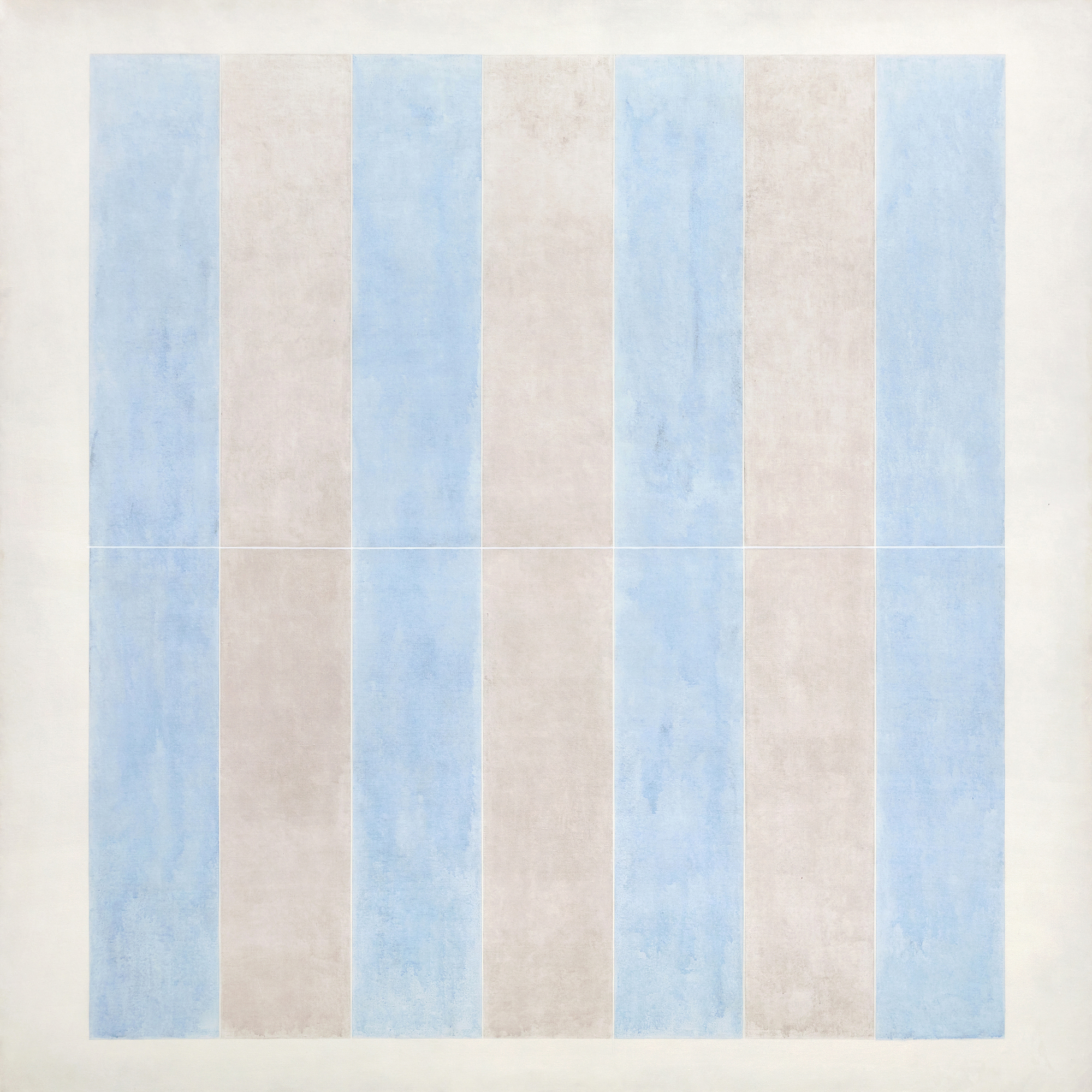

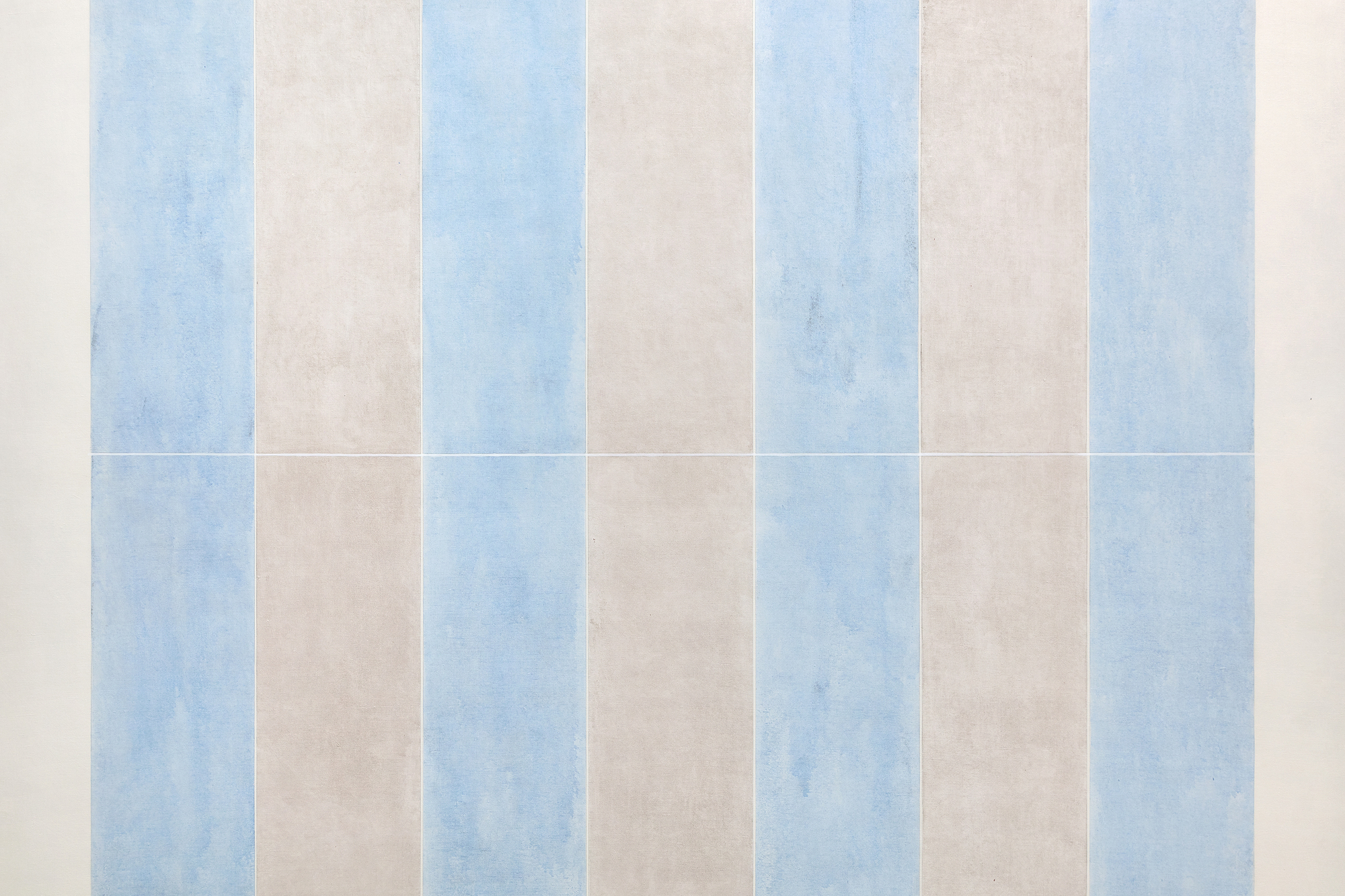
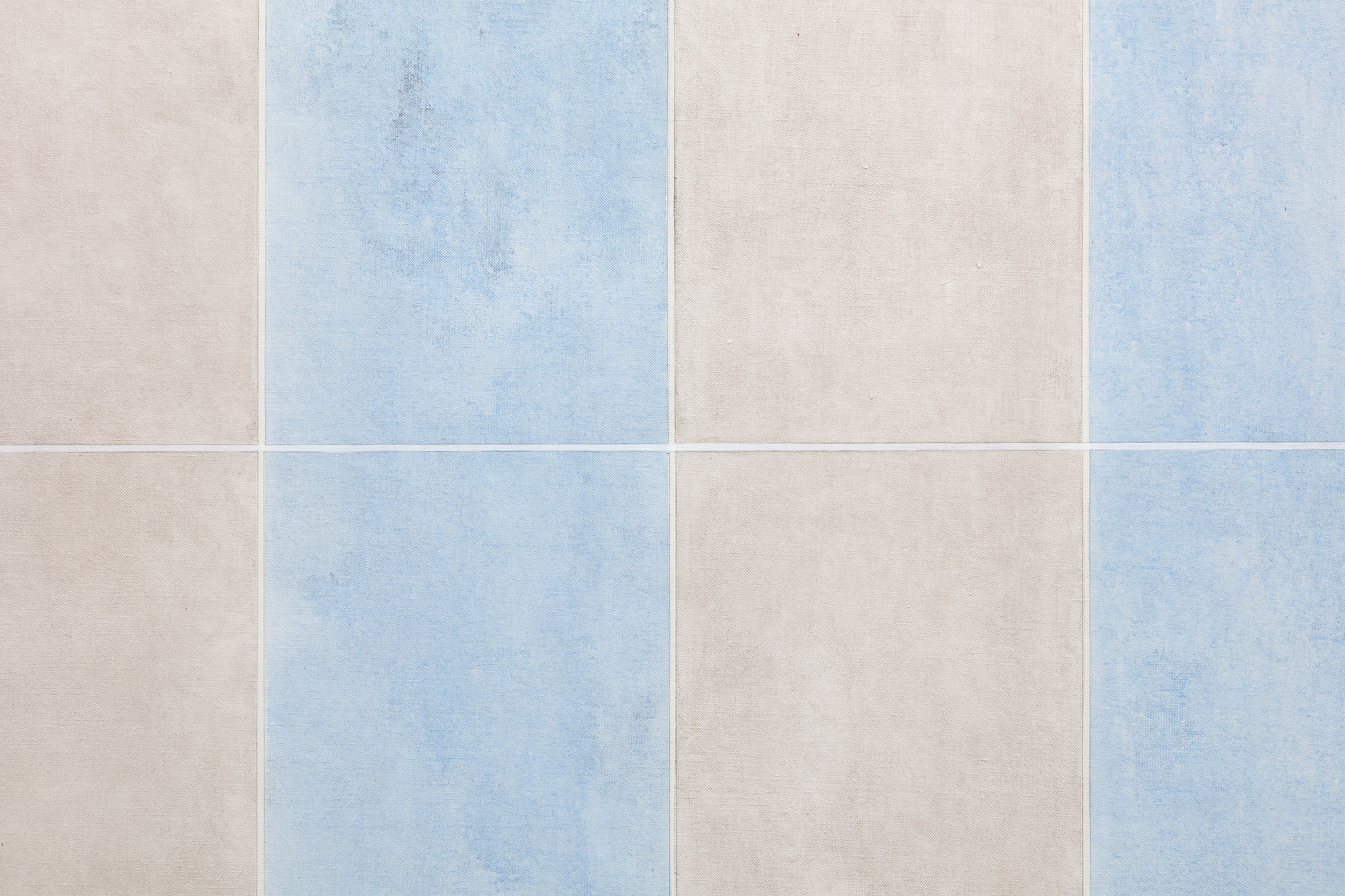
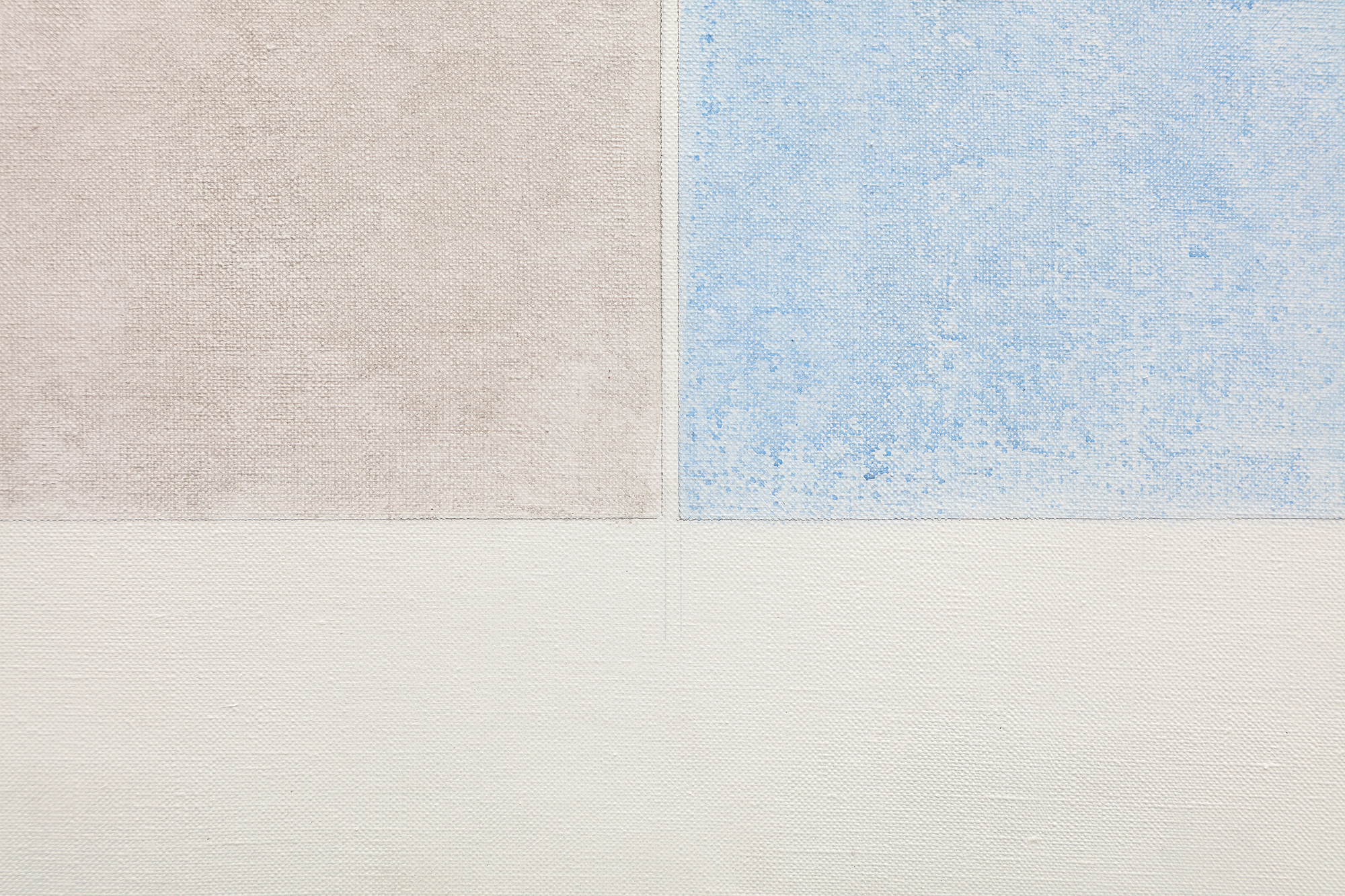
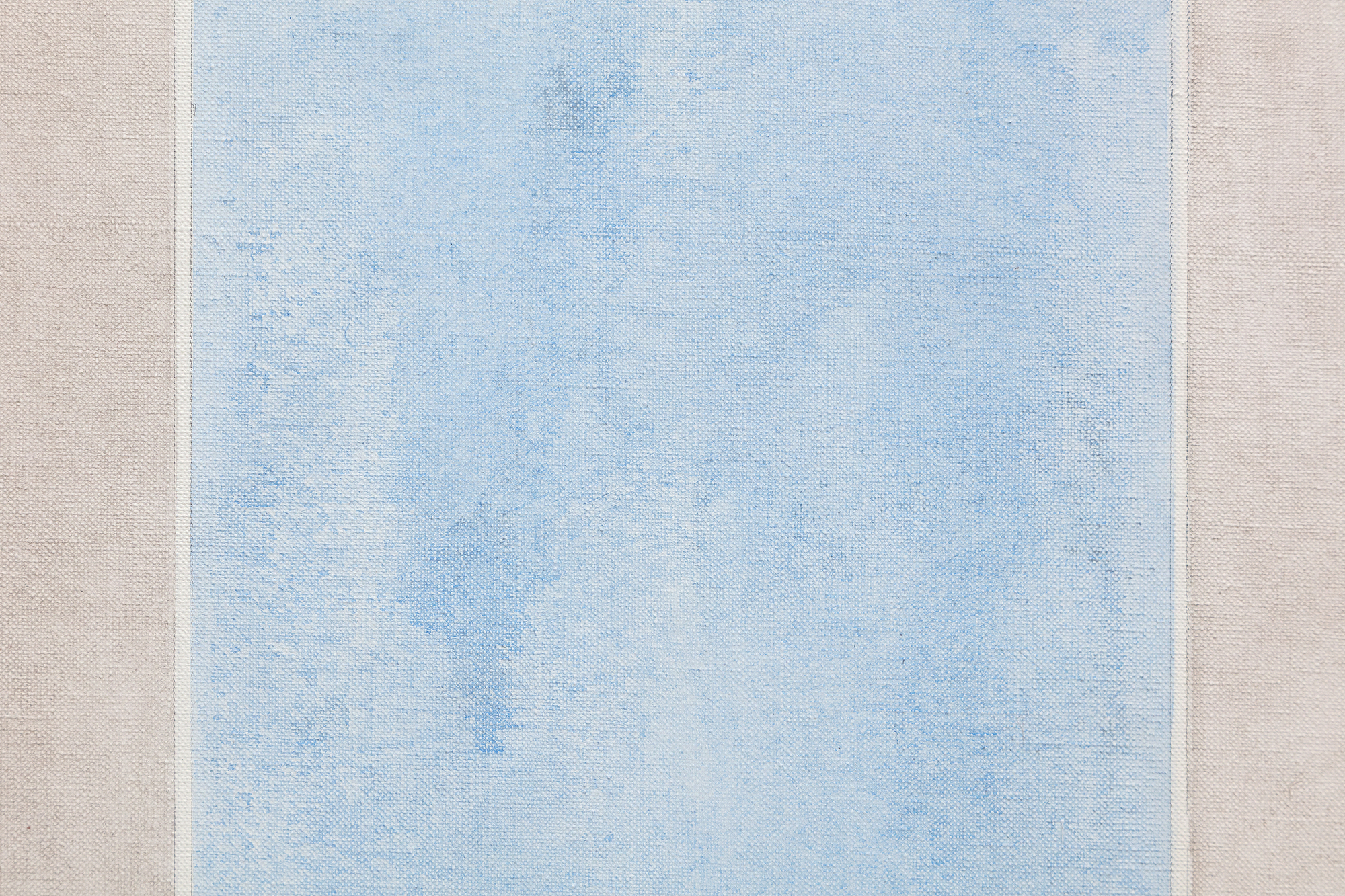
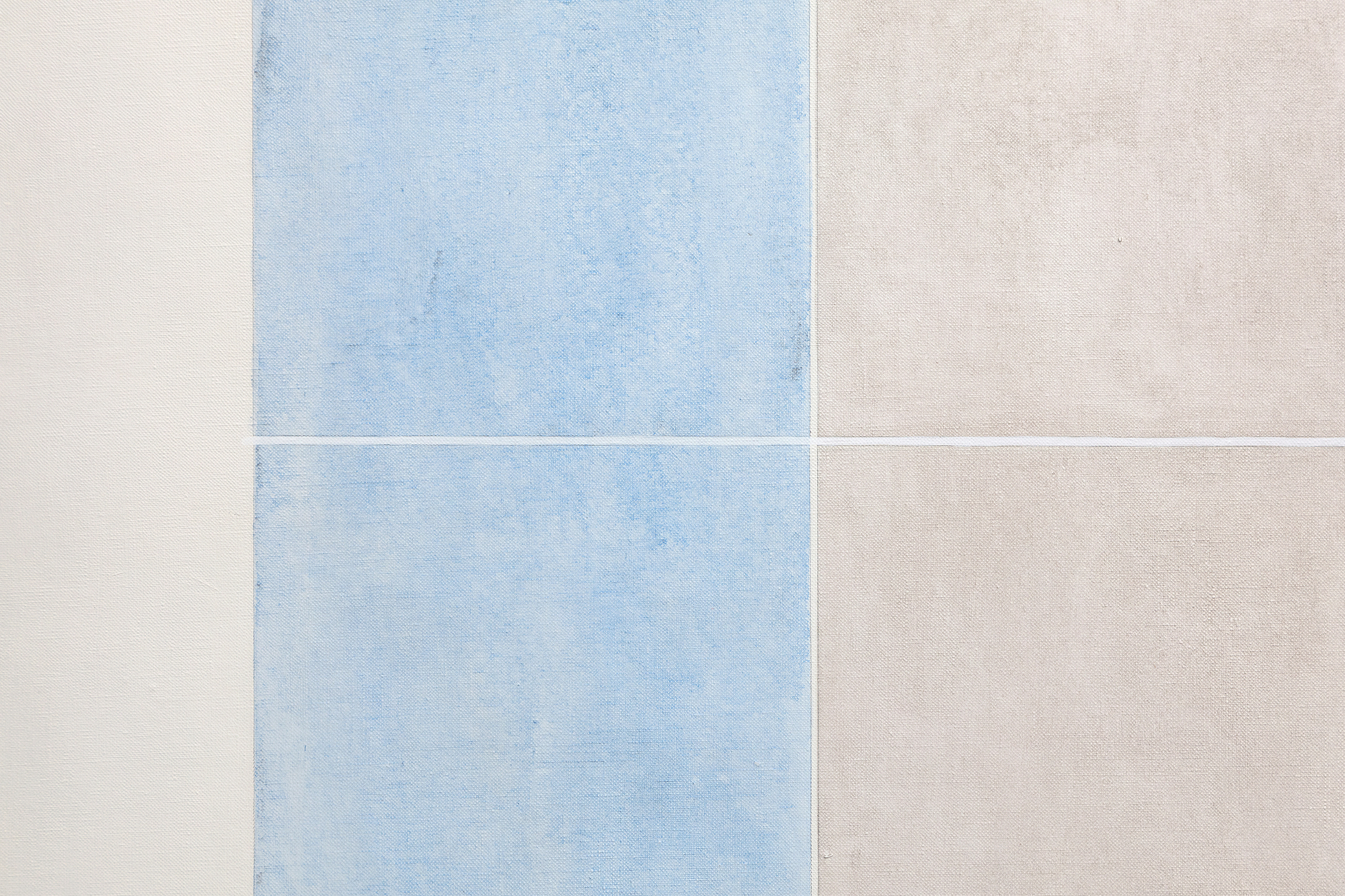
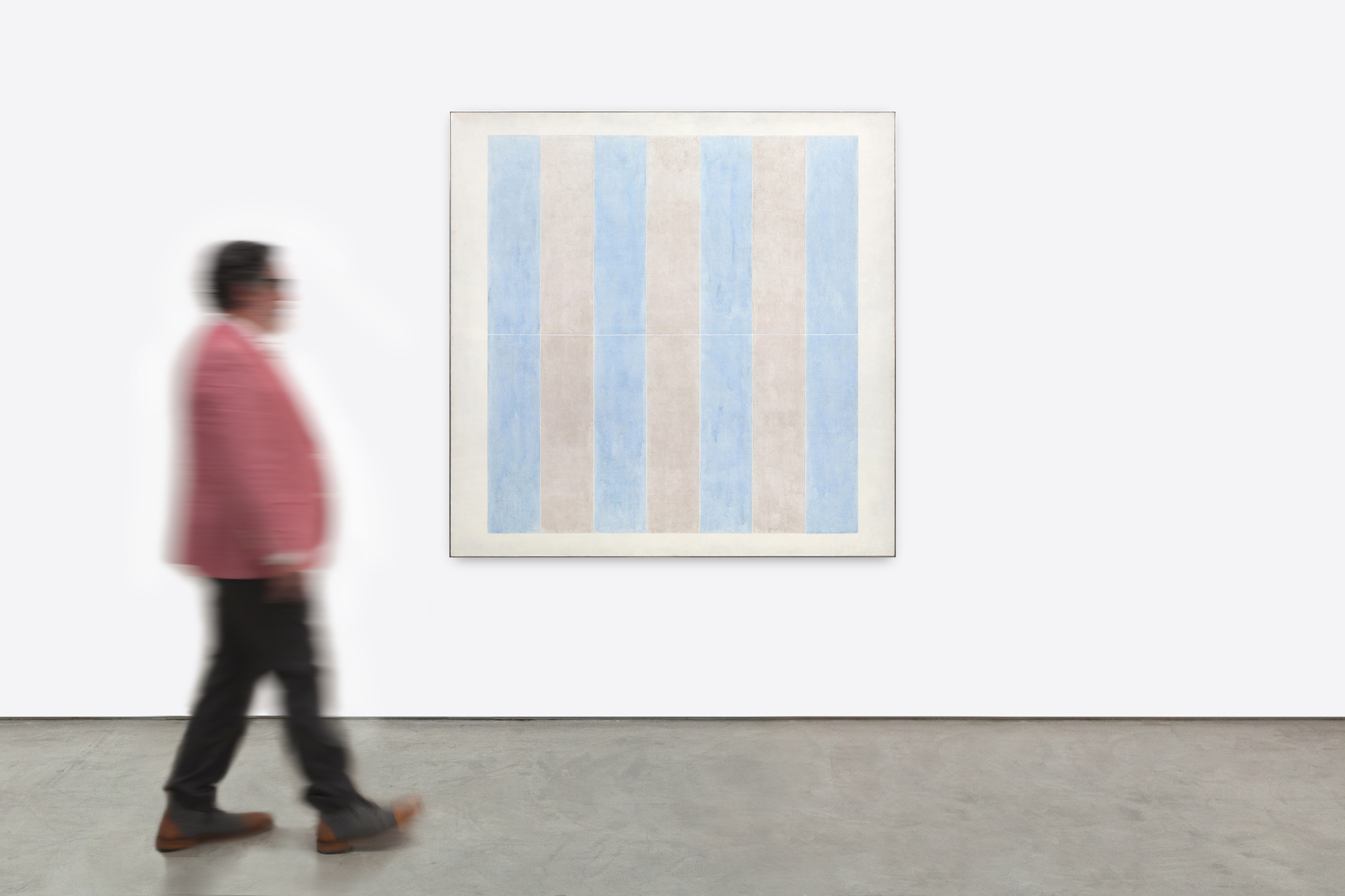
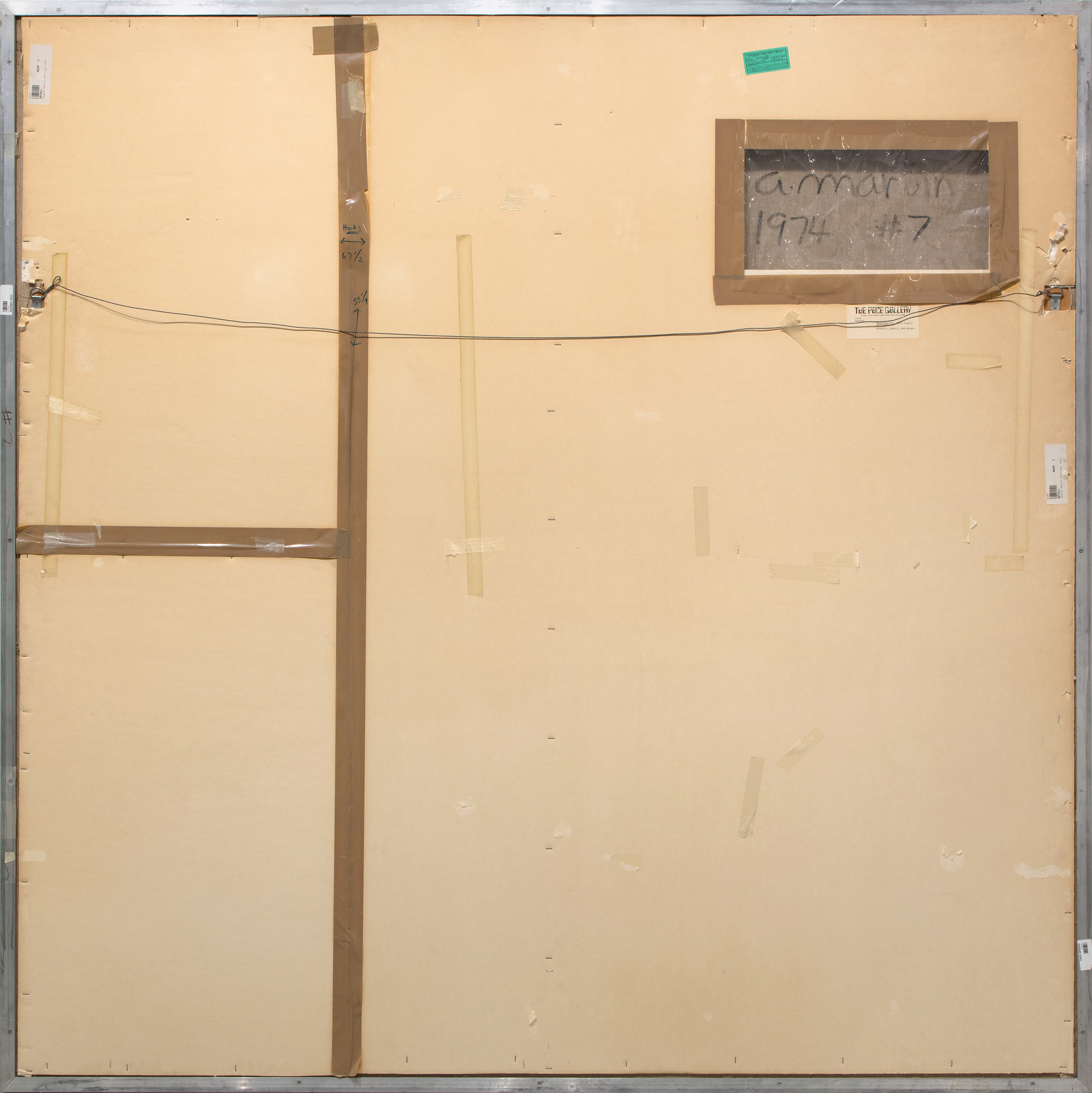
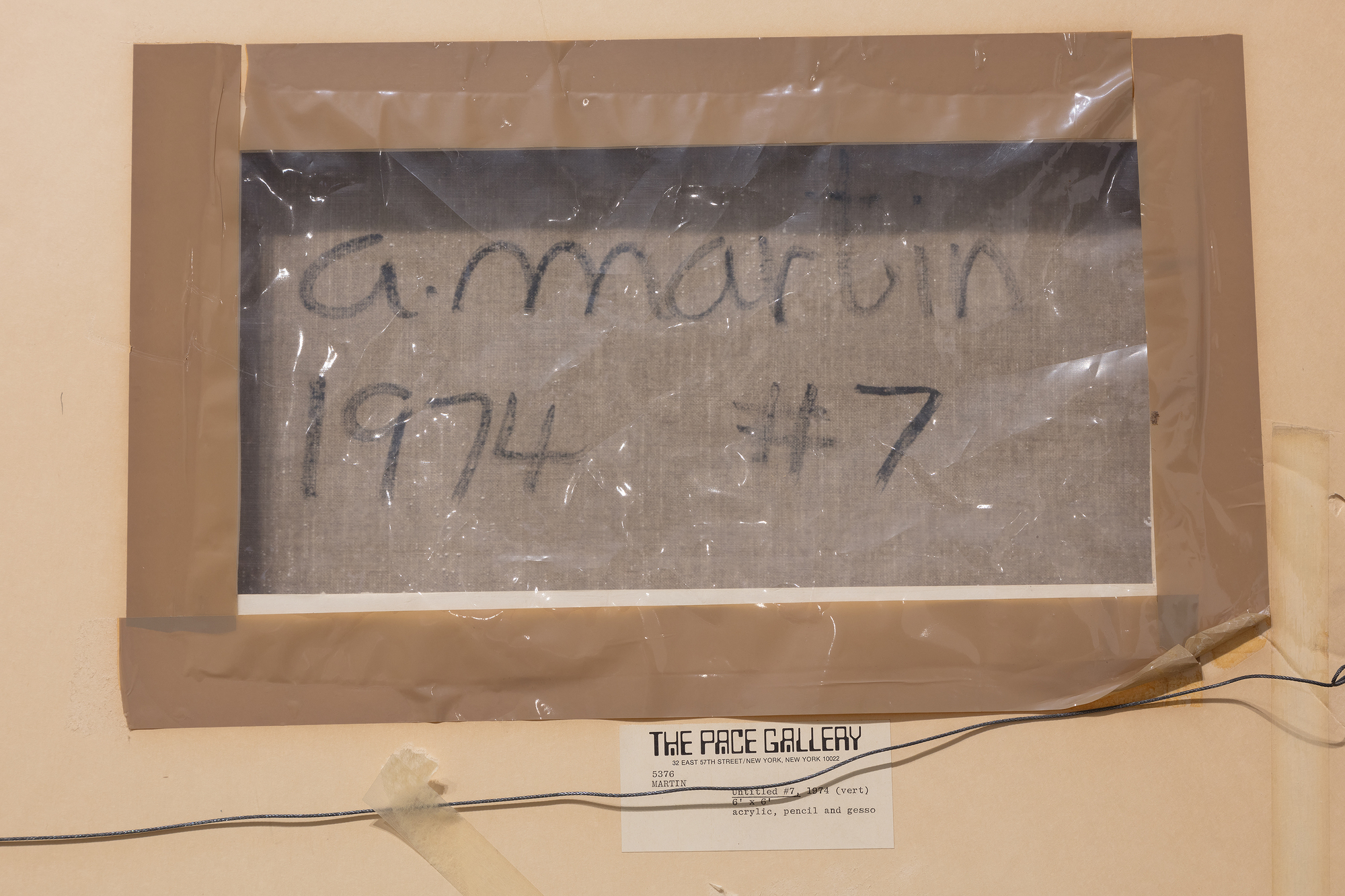
Procedencia
Galería Pace, Nueva YorkHelen W. Benjamin, Nueva York
Sotheby's Nueva York, 8 de mayo de 1996, lote 50
Colección privada, Estados Unidos
Galería Ace, Los Ángeles
Colección privada, adquirida a la anterior, mayo de 1998
Exposición
Nueva York, Galería Pace, Agnes Martin: New Paintings, 1975Literatura
Beeren, W.A.L., Bloem, M. (1991), Agnes Martin: Paintings and Drawings 1974-1990, Stedelijk Museum. p. 62 (ilustrado)Bell, T., Agnes Martin Catálogo razonado : Pinturas [en línea], Cahier's d'Art Institute
Gruen, J. (septiembre de 1976), "...Más....Agnes Martin: 'Todo, todo tiene que ver con el sentimiento... el sentimiento y el reconocimiento'". Artnews, p. 91, ilustrado en color
Gula, K. (mayo-junio de 1975), "Review of Exhibitions: Agnes Martin at Pace," Art in America 63, p. 85, ilustrado en color
...MENOS....
"No. 7" (1974) es uno de los primeros cuadros de esta segunda gran fase de su carrera. Con la intención de enfatizar una reorientación dramática que hace hincapié en el color más que en la línea o las cuadrículas tabuladas de su obra anterior a 1967, una visión distanciada de las bandas pálidas y luminiscentes permite una apreciación expansiva de los cambios sutiles y radiantes entre las zonas de color. Numerosos fenómenos naturales y elementos integrados en la experiencia del desierto de Nuevo México pueden haber inspirado estas ideas nuevas y expansivas. La verticalidad de sus mesetas, acantilados y barrancos, o los rayos de luz que se cuelan a través de las nubes hasta el suelo del desierto, pueden haber inspirado esta orientación vertical. Sin embargo, el impacto de "No. 7" (1974) se debe sin duda a su devoción por los ideales budistas y taoístas que buscan la belleza en el interior, no en puntos de referencia externos. Martin pide al espectador que piense en sus repetitivos ejes o bandas de color pálido como una especie de mantra, tanto como una experiencia visual. Desafía la capacidad de nuestra imaginación, animándola a correr libre y a considerar esta obra como un objeto de contemplación, sabiendo bien que sus cuadros exigen cierto grado de compromiso. Y como para amonestar a quienes no tienen la paciencia necesaria para absorber el impacto del resplandor místico de otro mundo inherente a las pinturas o cómo afectan a la propia conciencia del potencial de expresión de lo sublime, tenemos su comentario: "No hay nadie que no pueda estar de pie toda la tarde delante de una cascada".


